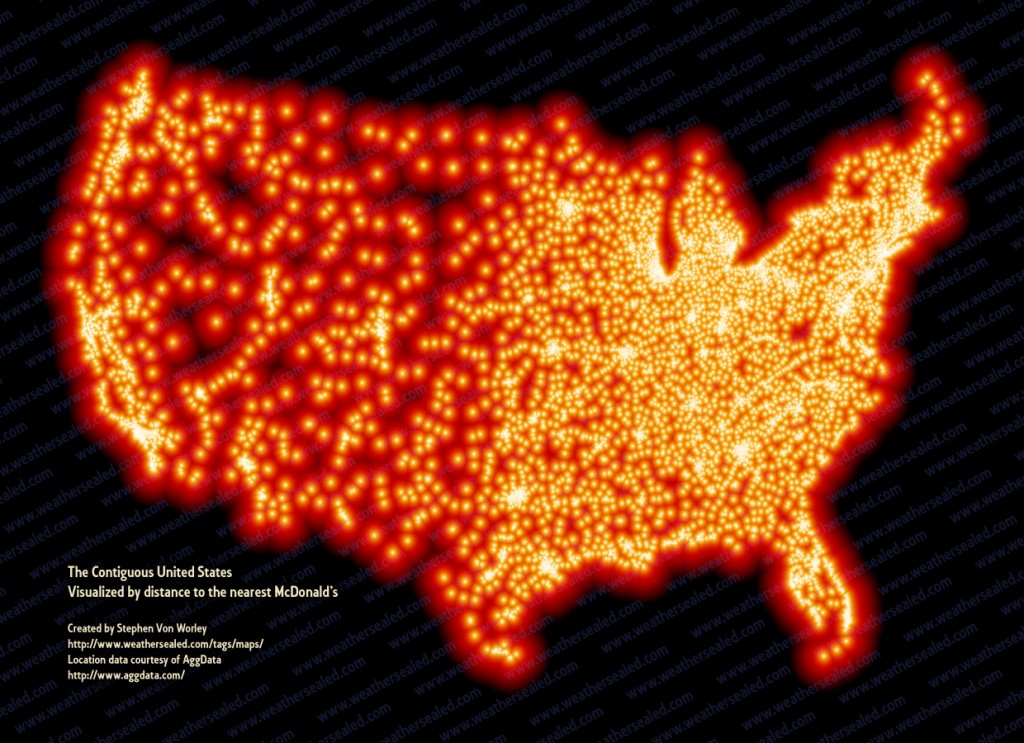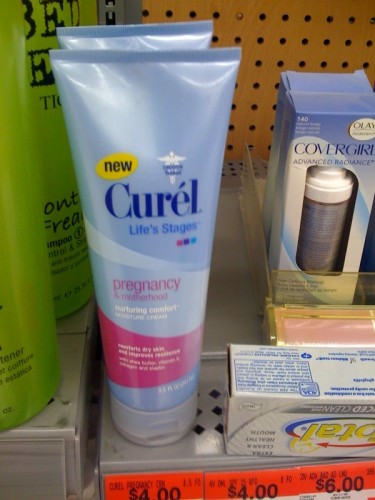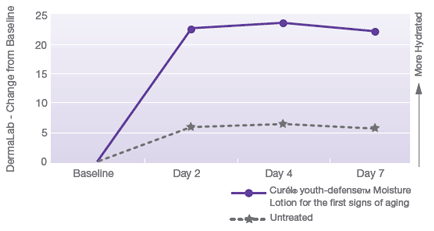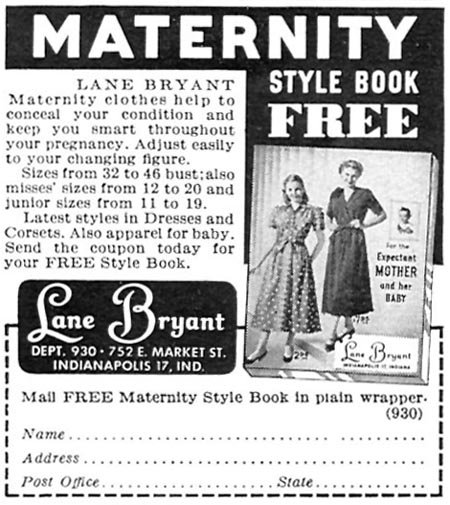Last week the New York Times featured an article and graphic (via) illustrating the way in which the increasing energy efficiency of electricity-drawing technologies correlates with an increase in overall use of energy nonetheless due to a rise in our consumption of those technologies.
But, “Americans now have about 25 consumer electronic products in every household, compared with just three in 1980”:
One culprit of the rising electricity use is video game consoles:
Noah Horowitz, at the Natural Resources Defense Council, calculated that the nation’s gaming consoles, like the Xbox 360 from Microsoft and the Sony PlayStation 3, now use about the same amount of electricity each year as San Diego, the ninth-largest city in country.
But an even bigger culprit are those giant plasma screen TVs:
The energy-efficiency of video game consoles and televisions are both unregulated, compared to the efficiency of those appliances showing increasing energy efficiency in the first figure (refrigerators, air conditioners, and clothes washers).
So, consumption, overall, is going up:
The corporations that build TVs, game consoles, and other unregulated appliances are, of course, resisting any federal laws regarding their efficiency. According to the article, there was little will under the Bush administration. We will have to wait and see what happens now.
—————————
Lisa Wade is a professor of sociology at Occidental College. You can follow her on Twitter and Facebook.

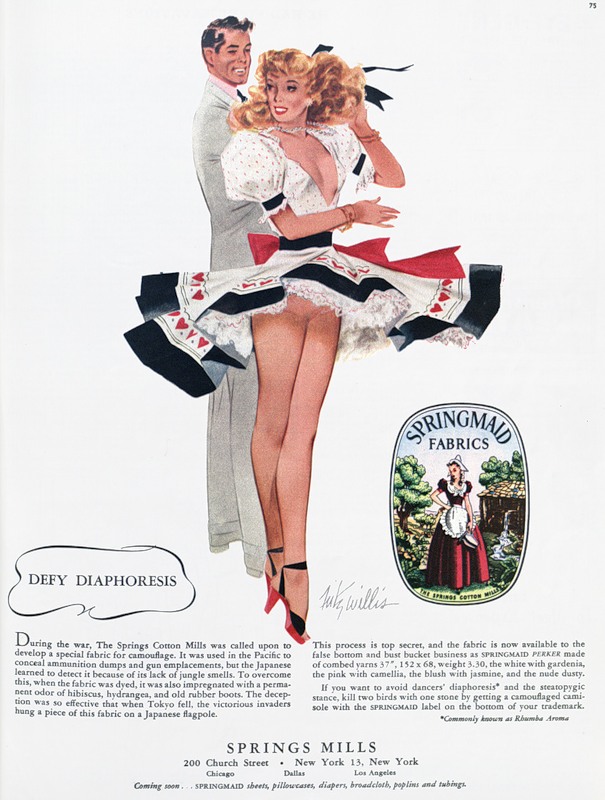
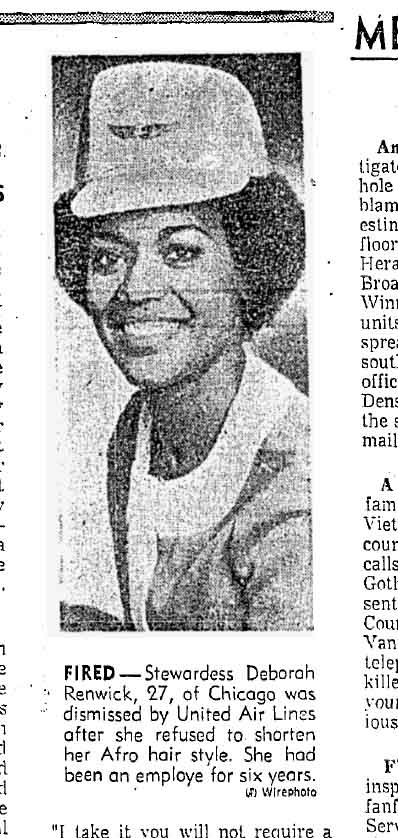
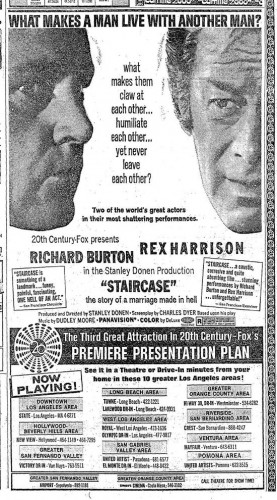
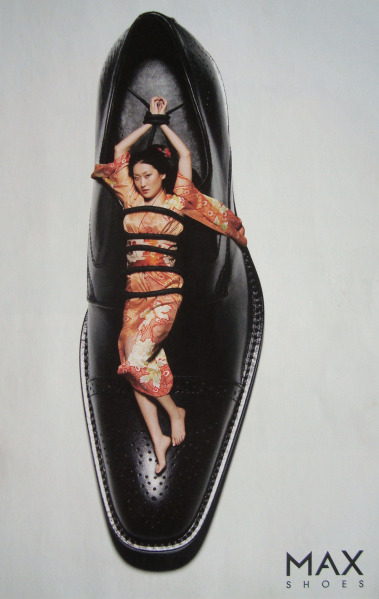
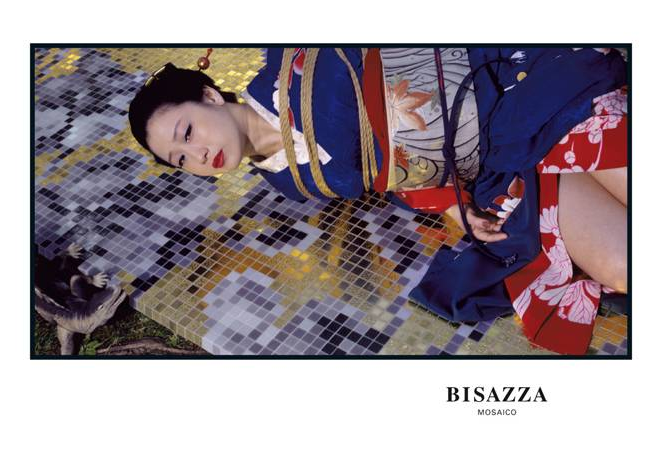
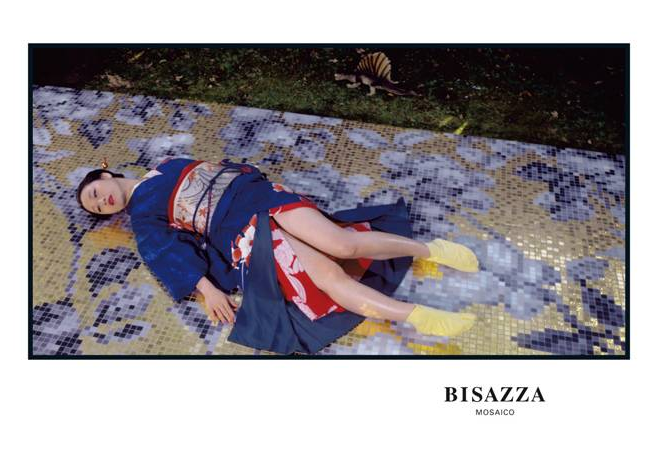 Both via Copyranter (
Both via Copyranter (